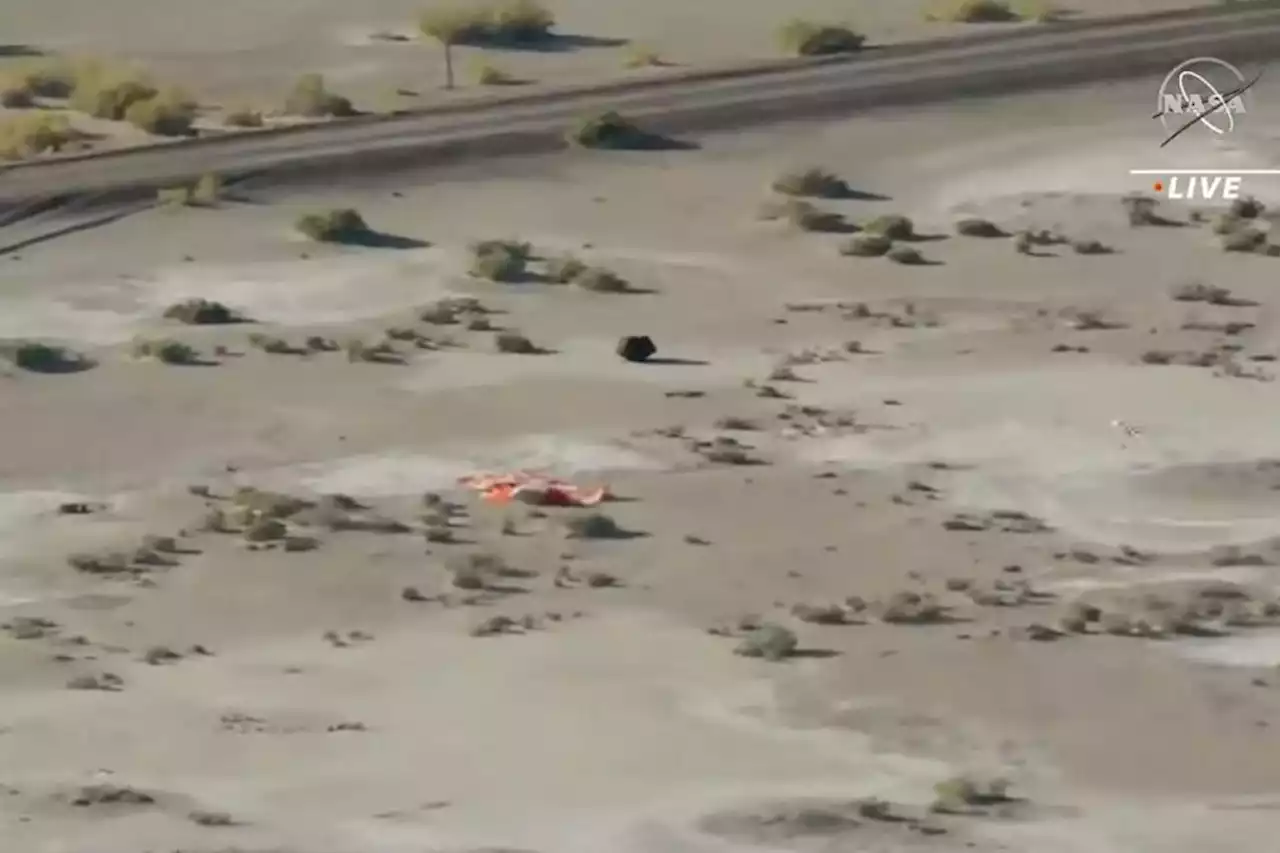The Osiris-Rex spacecraft released the sample capsule from 63,000 miles out.
Nasa’s first asteroid samples taken from deep space have parachuted into the desert in the US state of Utah.
“It’s like ‘Wow!’” said Nasa astronaut Sunita Williams, who happened to be in Utah training for her own space capsule mission. “This is just amazing. It can go from the movies, but this is reality.” The pebbles and dust delivered on Sunday represent the biggest haul from beyond the moon. Preserved building blocks from the dawn of our solar system 4.5 billion years ago, the samples will help scientists better understand how Earth and life formed.
Nasa’s recovery effort in Utah included helicopters as well as a temporary clean room set up at the Defence Department’s Utah Test and Training Range. The samples will be flown on Monday morning to a new lab at Nasa’s Johnson Space Centre in Houston. The building already houses moon rocks gathered by the Apollo astronauts more than a half-century ago.
United Kingdom Latest News, United Kingdom Headlines
Similar News:You can also read news stories similar to this one that we have collected from other news sources.
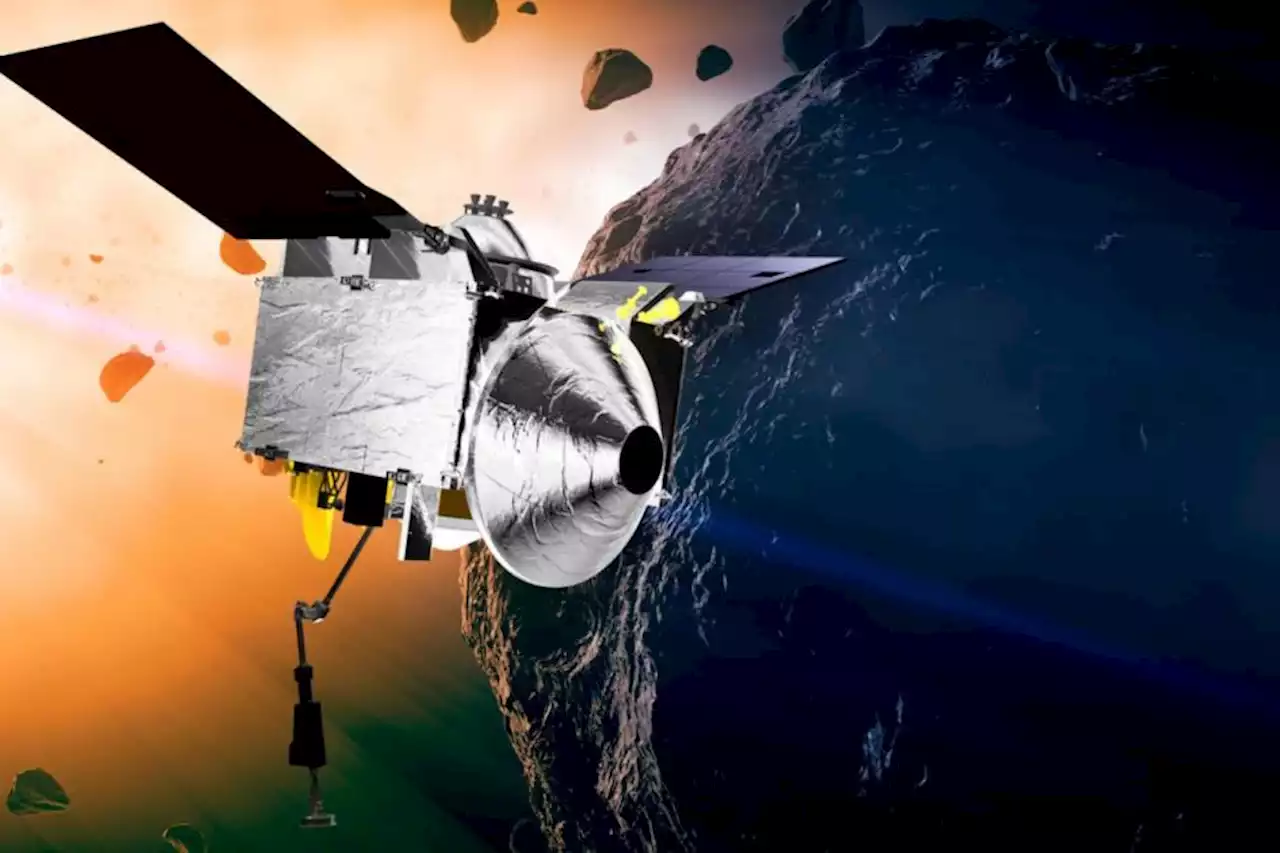 What is Nasa’s Osiris Rex space mission?The US space agency will bring home the largest asteroid sample ever returned to Earth on Sunday.
What is Nasa’s Osiris Rex space mission?The US space agency will bring home the largest asteroid sample ever returned to Earth on Sunday.
Read more »
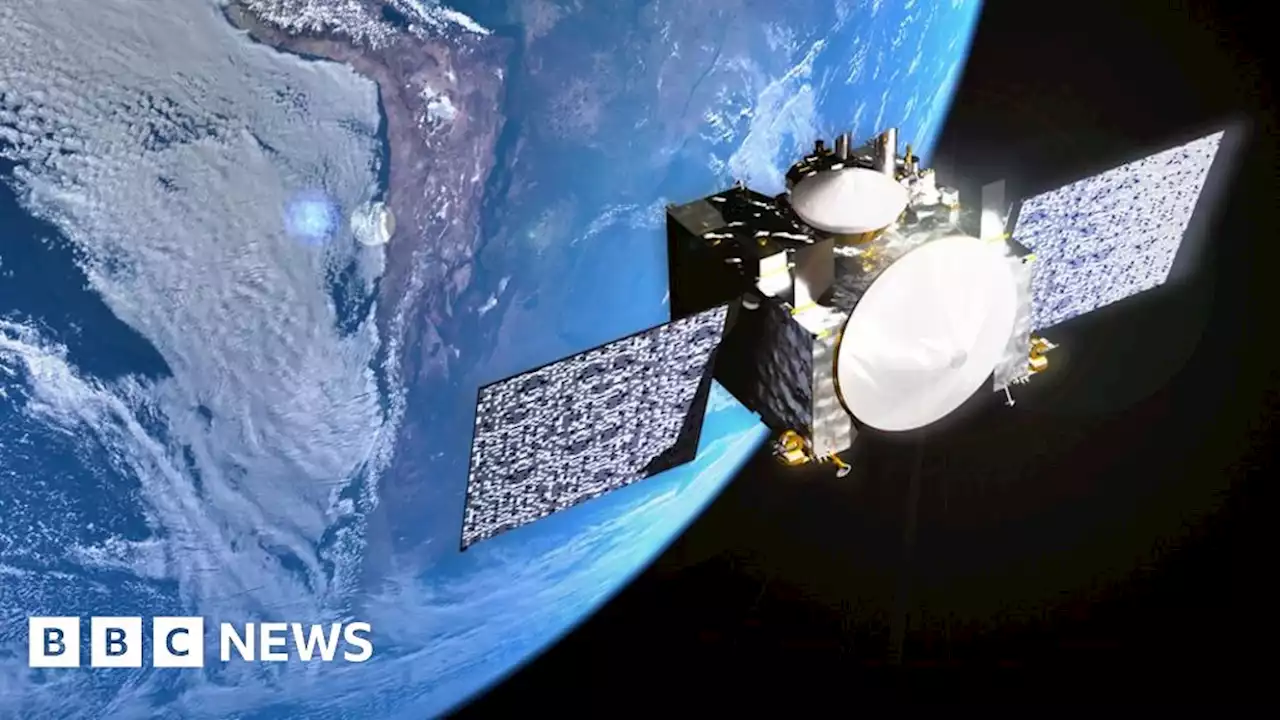 Osiris-Rex: Nasa awaits fiery return of asteroid Bennu samplesA capsule carrying rocky debris from asteroid Bennu is about to streak through the sky above Utah.
Osiris-Rex: Nasa awaits fiery return of asteroid Bennu samplesA capsule carrying rocky debris from asteroid Bennu is about to streak through the sky above Utah.
Read more »
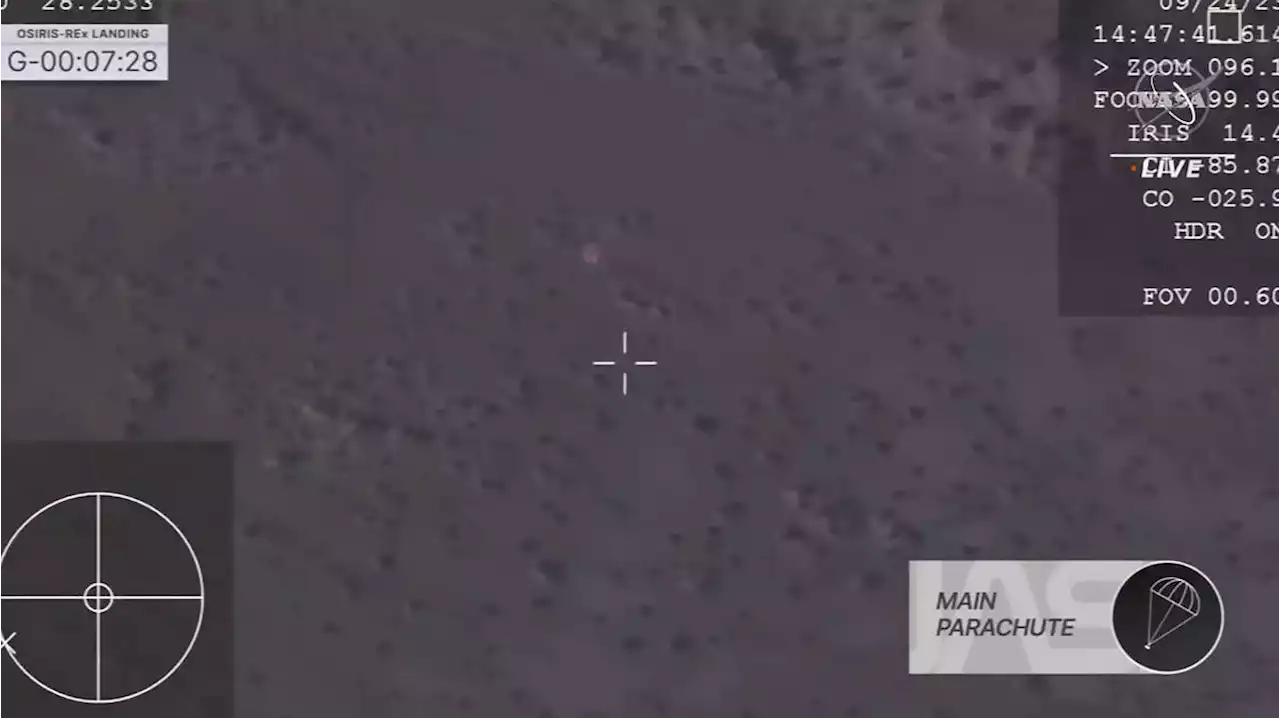 Nasa’s first asteroid samples land on Earth after release from spacecraftThe Osiris-Rex spacecraft released the sample capsule from 63,000 miles out.
Nasa’s first asteroid samples land on Earth after release from spacecraftThe Osiris-Rex spacecraft released the sample capsule from 63,000 miles out.
Read more »
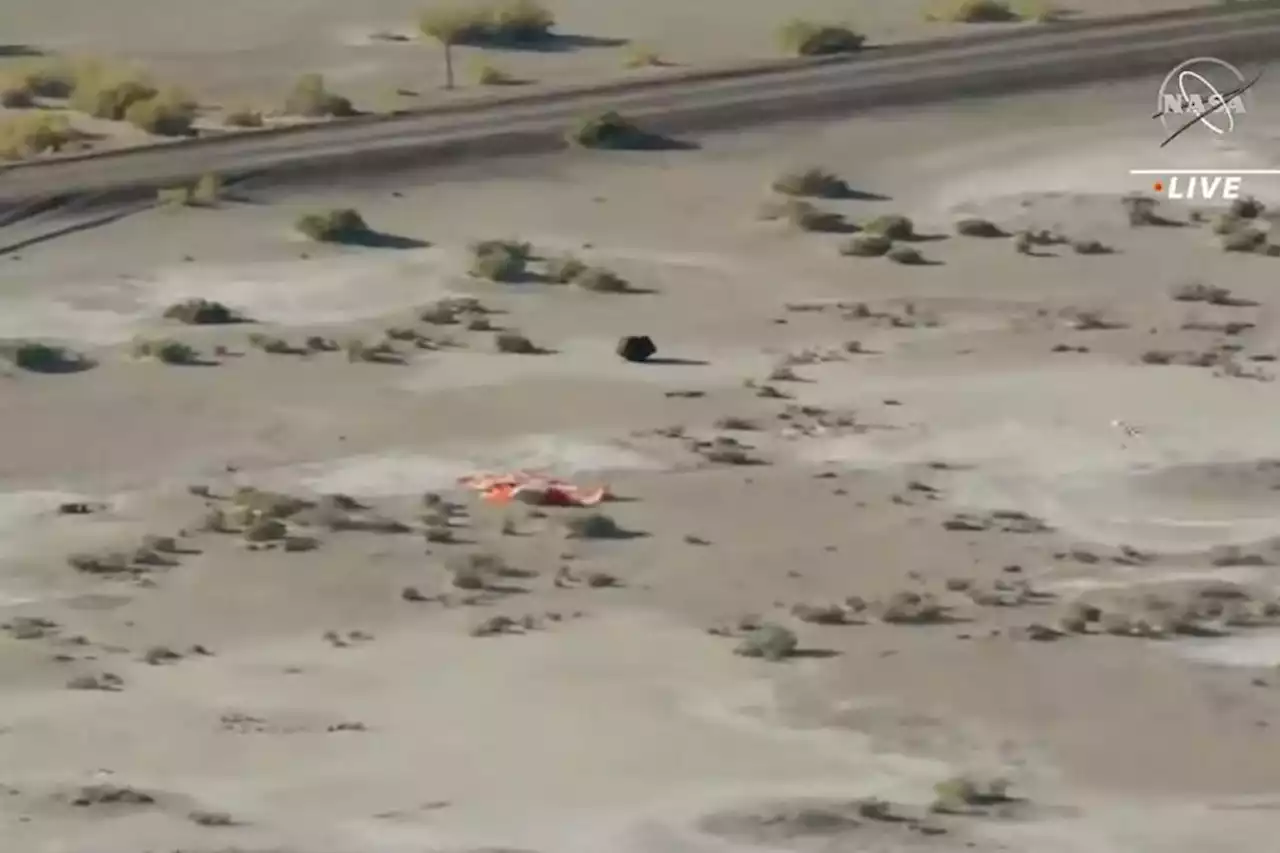 Nasa’s first asteroid samples land on Earth after release from spacecraftThe Osiris-Rex spacecraft released the sample capsule from 63,000 miles out.
Nasa’s first asteroid samples land on Earth after release from spacecraftThe Osiris-Rex spacecraft released the sample capsule from 63,000 miles out.
Read more »
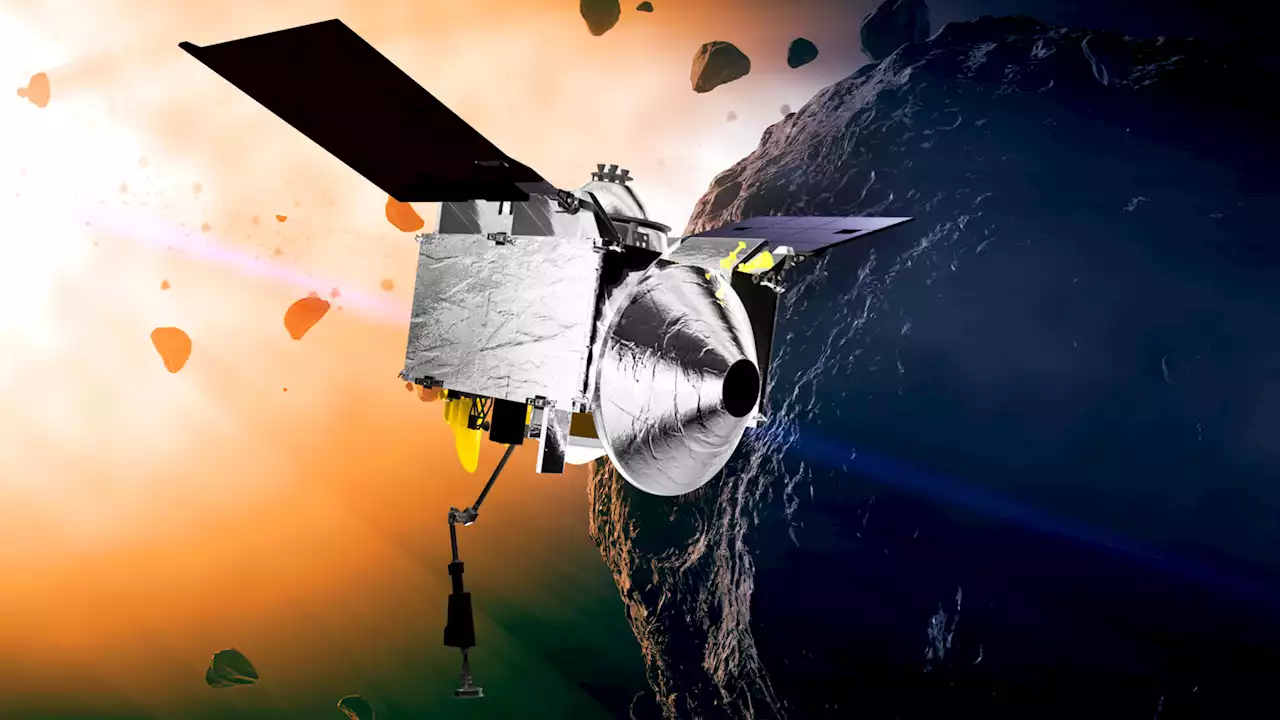 NASA's First Asteroid Samples Streak Toward EarthA space capsule carrying NASA’s first asteroid samples is heading toward a touchdown in the Utah desert.
NASA's First Asteroid Samples Streak Toward EarthA space capsule carrying NASA’s first asteroid samples is heading toward a touchdown in the Utah desert.
Read more »
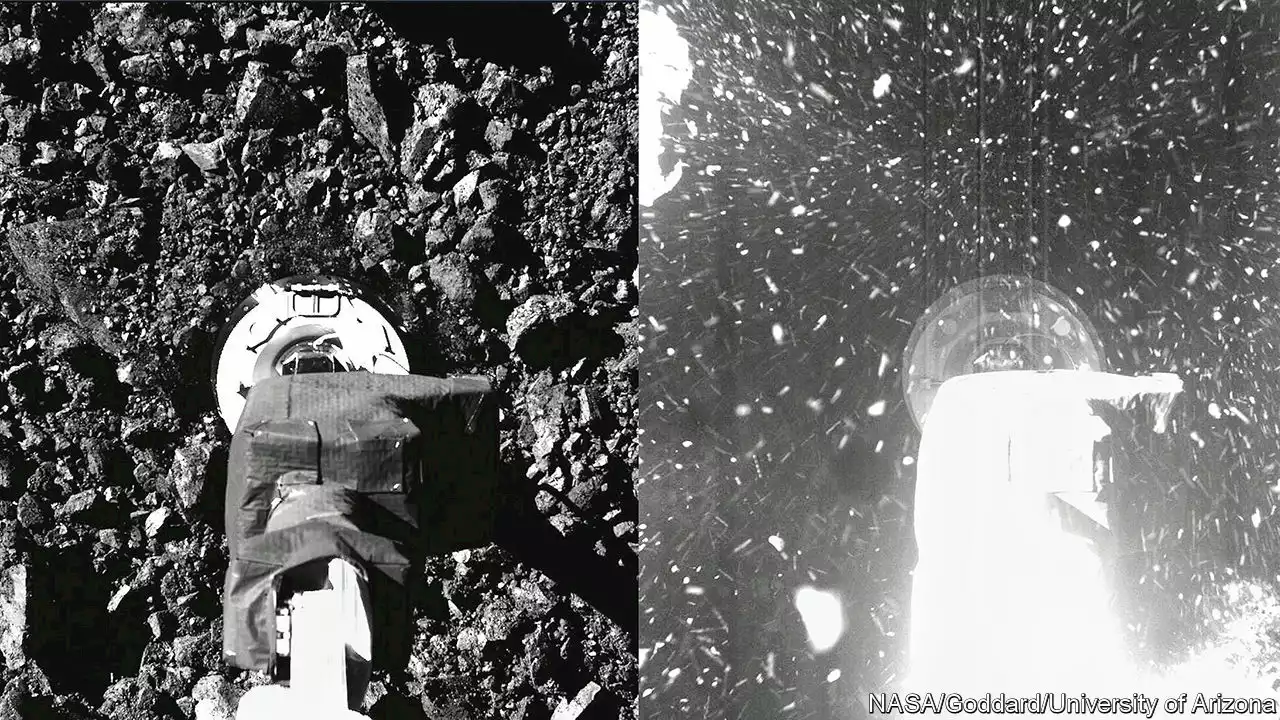 A chunk of asteroid is coming to EarthIt could shed light on the origins of life—and how to protect it
A chunk of asteroid is coming to EarthIt could shed light on the origins of life—and how to protect it
Read more »
